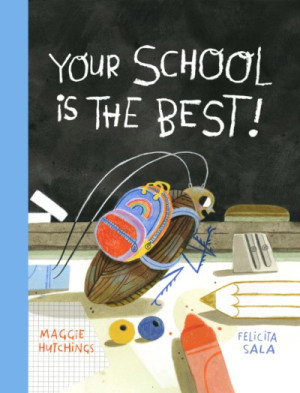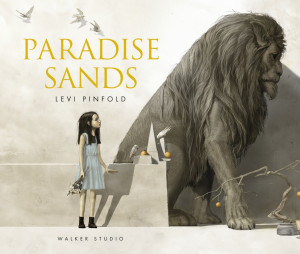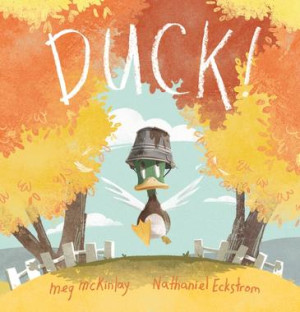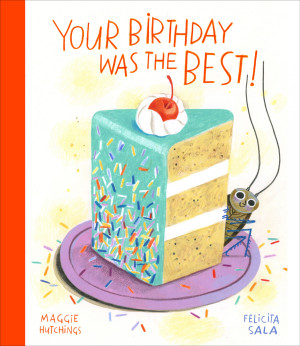

Video Chapters:
00:00 Introduction
00:23 Meet the creators
01:20 How to use words to effectively communicate ideas
03:47 Why showing rather than telling is important
04:47 Tools to help you show rather than tell
06:54 Final words of advice
07:49 Here’s what we’ve learned
 Learning Intentions
Learning Intentions
1. Learning about the concept of ‘show don’t tell’, and ways which we can make our stories more interesting and expressive.
2. Thinking about the use of language, and the different ways we might convey feelings, experiences or actions.
SUCCESS CRITERA:
1. Identify what ‘show don’t tell’ means and name why it is an important concept in story writing.
2. Used different language techniques to convey story ideas.
 Discussion Questions
Discussion Questions
Think about this quote by a famous writer named Anton Chekhov: ‘Don’t tell me the moon is shining. Show me the glint of light on broken glass.’ What do you think this means?
Have you ever read a story that has made you cry? Why do you think you felt that way? What were you picturing in your mind as you read the story?
When you are writing a story, what sorts of things do you try and communicate?
What do you hope a reader of your story will take away from your story?
Andrew says that he tries to ‘show’ things because ‘it’s almost always a more creative and interesting way to communicate ideas’. Can you remember the example
he gave? Why do you think ‘showing things’ in your writing can be a more interesting way to communicate your ideas?
Ailsa talks about wanting her readers to feel like they are ‘right in the adventure rather than looking at it from a distance’.
What do you think she means by ‘looking at (the story) from a distance’?
o Why do you think feeling like you’re ‘part of the adventure’ is a good thing when you’re reading a book?
Andrew and Ailsa talk about how ‘showing’ not ‘telling’ can help us understand characters better, because we feel what they are feeling.
o Can you remember the examples they gave from their books of ‘showing’ rather than ‘telling’?
Andrew and Ailsa both mention the importance of thinking about the human senses – touch, taste, sight, smell and hearing, and how a body might feel when it is
experiencing an emotion. Why do you think including this ‘sense writing’ in a story can be useful? What might it give you as a reader?
 Curriculum Links
Curriculum Links
ENGLISH Year 5-6
Language:
AC9E6LA08
Literature:
● Engaging with and responding to literature: AC9E5LE02, AC9E6LE02
● Examining literature: AC9E5LE04, AC9E6LE04
● Creating literature: AC9E5LE05, AC9E6LE05
Literacy:
● Analysing, interpreting and evaluating: AC9E5LY05, AC9E6Y05
● Creating texts: AC9E5LY06, AC9E6LY06
LITERACY
Writing
● Creating texts: Level 7-8
PERSONAL AND SOCIAL CAPABILITY
Self-management
● Perseverance and adaptability: Level 3
CRITICAL AND CREATIVE THINKING
Reflecting
● Transfer knowledge: Level 3











